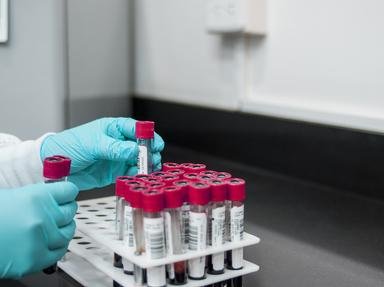Quiz Answer Key and Fun Facts
1. Which of the following is able to display geometrical isomerism?
2. Which of the following is the observation when an alkane is shaken with bromine water?
3. Which of the following reactions does an alkene undergo to become an alcohol?
4. Which reagent is used to turn an alkene into an alkane?
5. In the production of ethanol, glucose and fructose ferment to produce ethanol and which other product?
6. In the production of PVC (polyvinylchloride), vinyl chloride molecules undergo polymerisation. Which of the following catalyses this reaction?
7. Upon the oxidation of a secondary alcohol, what product is formed?
8. An alcohol must never be directly heated. Instead, a water bath is used or a small amount is soaked onto a cotton wool which is then heated. Why?
9. These determine the physical and chemical characteristics of an organic compound. They also take part in chemical reactions. What have I just defined?
10. Addition of hydrochloric acid to an alkene molecule is categorised as what type of reaction?
Source: Author
anshira
This quiz was reviewed by FunTrivia editor
rossian before going online.
Any errors found in FunTrivia content are routinely corrected through our feedback system.

